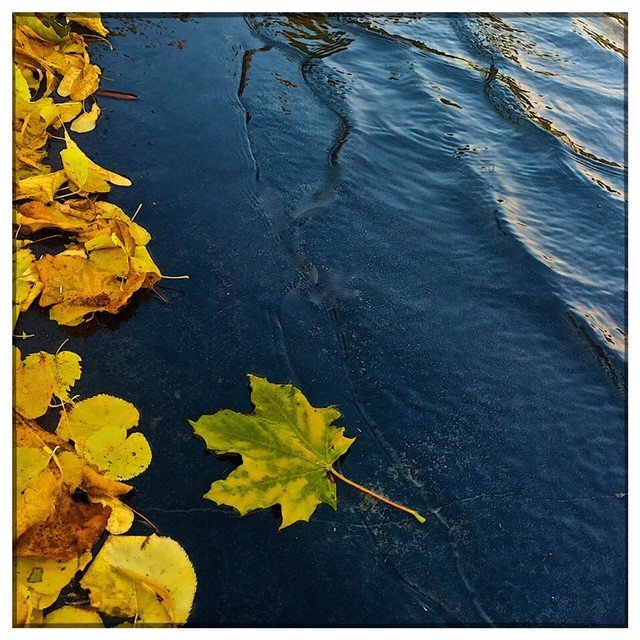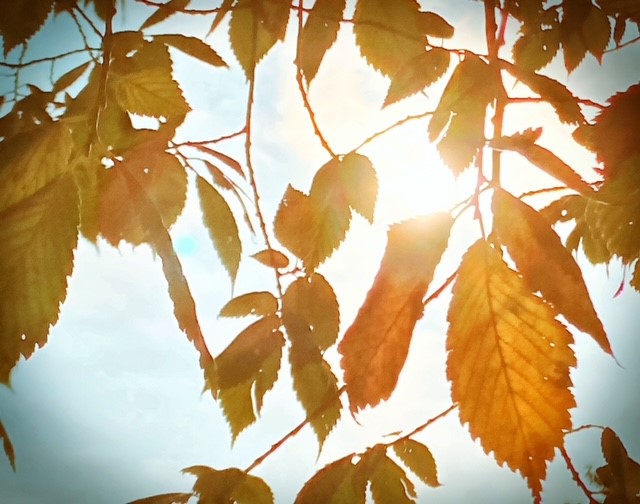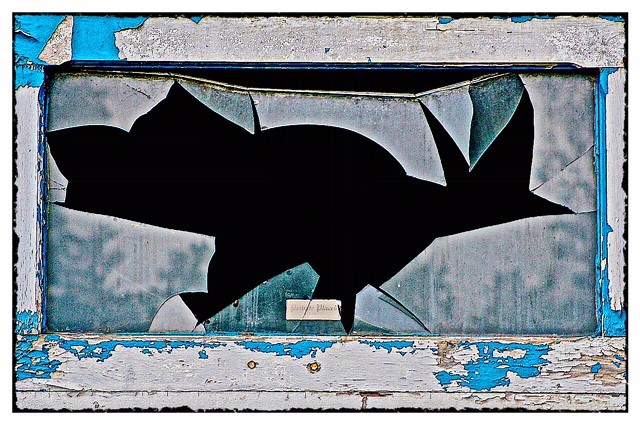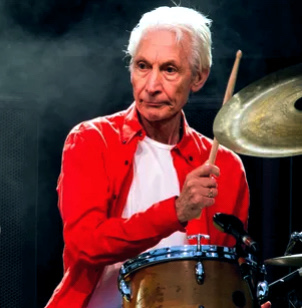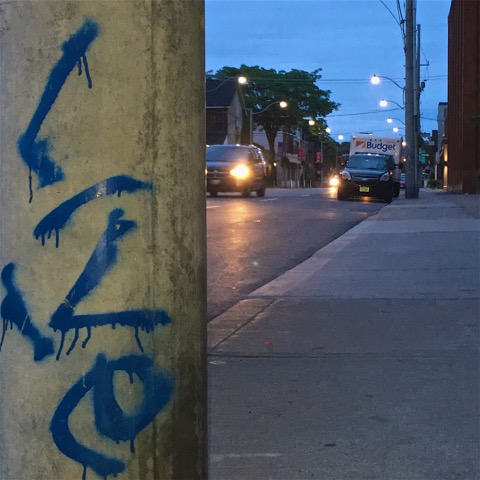yesterday
today
was
tomorrow
I had so much to do
things I had put off
consciously or
unconsciously it mattered not
I was determined to get them
Done
one (or all of them)
by
one
done today
when it was tomorrow
it seemed easier
it seemed manageable
it seemed as if there would
be time
when today
was tomorrow
yet as tomorrow came,
as it always does
as yesterday lost hold of
the hours and
its way
and tomorrow just happened
anyway
it seemed
as if
time had passed me by
as if a day;
today or any day
slipped off the calendar
falling like a rose petal or
disgraced politician
into the basket of days misspent
or wasted
days which promised more
but delivered less
tomorrows do that
they never quite live up to
today
and all too often
become a yesterday
© 2014 j.g.lewis
